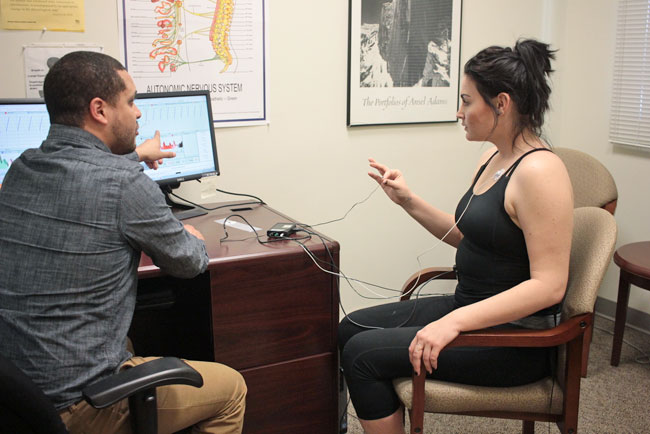Harnessing the Power of Biofeedback to Revolutionize Persistent Pain Control and Enhance Quality of Living
Harnessing the Power of Biofeedback to Revolutionize Persistent Pain Control and Enhance Quality of Living
Blog Article
Chronic pain is a condition that impacts millions of individuals across the globe. It can be caused by multiple elements, including injuries, diseases, or even anxiety. For many patients, managing chronic pain can be a constant struggle that affects their quality of life. Traditional treatments often include drugs, physiotherapeutic therapy, and sometimes surgery. However, these approaches do not always provide the alleviation that individuals seek. Lately, biofeedback has emerged as a promising alternative for managing chronic pain and improving overall health.
Biofeedback is a technique that educates individuals how to manage specific bodily processes by using indicators from their own bodies. This approach involves employing sensors that monitor physiological functions such as heart rate, muscle tension, and skin temperature. By offering real-time feedback, individuals can learn to identify their body's reactions to pain and stress. This consciousness allows them to develop strategies to handle their pain more effectively. For instance, if a person notices that their muscle tension rises when they are in pain, they can practice relaxation strategies to help reduce that tension.
One of the primary advantages of biofeedback is that it enables individuals to take an proactive role in their pain control. Instead of depending solely on medications or treatments from medical providers, patients can learn to understand and control their own bodies. This sense of control can lead to increased confidence and a more positive outlook on life. Many patients report feeling more in charge of their pain and less like victims of their syndrome. This change in mindset can significantly enhance their quality of life.
Research has shown that biofeedback can be effective in reducing chronic pain symptoms. Studies indicate that patients who use biofeedback techniques often undergo less pain and better physical ability. Additionally, biofeedback can help lessen anxiety and stress, which are common issues for those living with chronic pain. By addressing both the physical and emotional aspects of pain, biofeedback offers a holistic approach to pain management. This comprehensive method can lead to better outcomes for individuals, allowing them to participate more completely in their routine activities.
In summary, biofeedback is a significant tool for transforming chronic pain management. By educating patients to comprehend and regulate their physiological reactions, biofeedback enables patients to take charge of their pain. This approach not only helps reduce pain but also improves learn the facts here now overall standard of life. As more individuals seek options to conventional pain control methods, biofeedback emerges as a potential option. With continued research and awareness, biofeedback could turn into an essential part of chronic pain treatment, helping individuals lead more fulfilling, more satisfying lives.